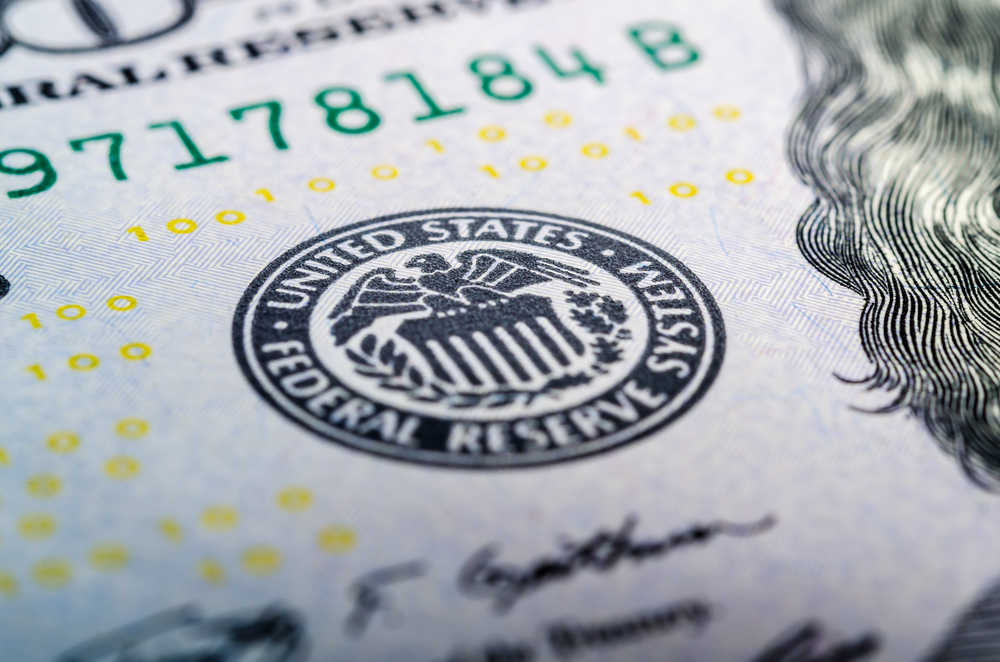
The widely expected cut in US interest rates brought out by the Federal Reserve yesterday spelled good news for the country’s currency.
The Fed, which is the country’s central bank, reduced interest rates from their previous position of 2.25% to 2% in a move ostensibly designed to stimulate the country’s economy.
In a statement, the Fed’s Chair – Jerome Powell – continued with the same messaging which surrounded the previous rate cut.
He said there were still some positive signs for the US economy, and that the decision to cut rates was more of an “insurance” policy.
It is still widely expected that the Federal Reserve will cut interest rates again over the course of 2019.
However, it’s now expected that this will be the end of any cuts – and that the situation will hold firm in 2020.
This came after the Federal Open Market Committee, which is responsible for decisions pertaining to interest rates, split along lines of seven votes to three on the question of what to do with the funds target rate, which is different to the main interest rate.
That rate has gone down to the 1.75-2% range.
According to press reports, this decision was made because of worries over the “implications of global developments for the economic outlook”.
The dollar was on a high over the course of the day.
In its pair against the single European currency, for example, it held firm – reaching $1.1034 at one stage.
It also rose in its pair with the British pound, although this rise later stagnated.
It was spotted at $1.2469 in this pair at one point.
The greenback did not manage to hold firm in its pair with the Japanese yen, however.
In this pairing, the yen surged ahead by an entire half a percentage point – reaching 107.77 at one stage.
This represented the strongest one-day gain for the Japanese currency since the middle of last month.
It also turned around its fortunes somewhat compared to the rest of the week, in which the yen has been suffering.
The Australian dollar, however, was once again the main loser of the day.
Not only did it suffer earlier in the week, it was hit with fresh woes after the country’s unemployment data release led to worries about the economy.
As a result, the Australian dollar went down by 0.6% and reached its lowest state for a fortnight in the US dollar pair.
It was seen at $0.6782 at one stage.
It was not just the US dollar’s strength which caused this.
The Australian dollar saw a whole 1% wiped off its value in its pair against the Japanese yen.
Its close neighbour, New Zealand, had a different experience in the markets across the day.
It went up by a fifth of a percentage point at first thanks to positive GDP figures.
Like Australia, the increasing signs pointing towards a round of easing proved too much and it later began to lose its new-found value.
 Between 74-89% of CFD traders lose
Between 74-89% of CFD traders lose  Your capital is at risk
Your capital is at risk  Your capital is at risk
Your capital is at risk  Your capital is at risk
Your capital is at risk